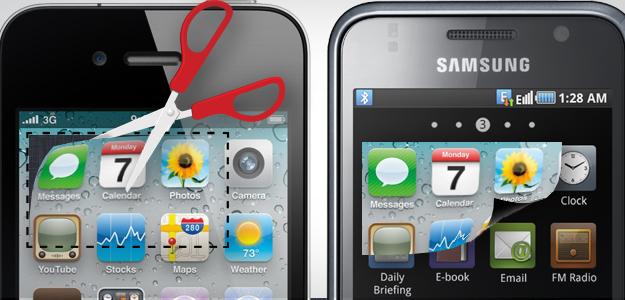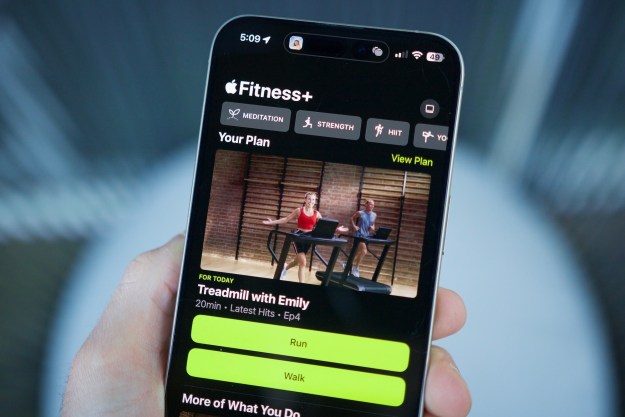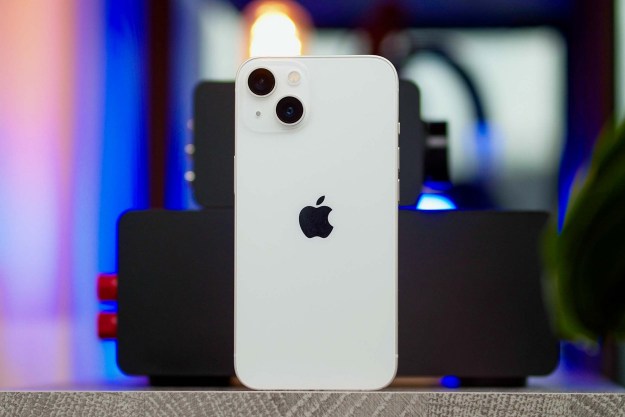 Samsung and Apple are duking it out in court right now and I’m reading the latest spoils of their battle. It’s a leaked 132-page court document made by Samsung employees in 2010. It shows what every phone reviewer and tech savvy person around the world already knows: Samsung systematically copied physical and software attributes of the iPhone and iPad to improve its own Android designs. Yes, it’s true. Are you shocked? You shouldn’t be. Every company competing with Apple has been copying it mercilessly. That’s what happens when something is insanely successful. To prosper in a tech market now dominated by Apple, Samsung has done what every tech company is now doing: it has become more like Apple. Can you blame it?
Samsung and Apple are duking it out in court right now and I’m reading the latest spoils of their battle. It’s a leaked 132-page court document made by Samsung employees in 2010. It shows what every phone reviewer and tech savvy person around the world already knows: Samsung systematically copied physical and software attributes of the iPhone and iPad to improve its own Android designs. Yes, it’s true. Are you shocked? You shouldn’t be. Every company competing with Apple has been copying it mercilessly. That’s what happens when something is insanely successful. To prosper in a tech market now dominated by Apple, Samsung has done what every tech company is now doing: it has become more like Apple. Can you blame it?
Apple’s ascension
With the, iPod, iPhone and iPad, Apple did more than create great products, it created entirely new markets. With the iPod, it changed music listening; with the iPhone, it hijacked the phone industry; with the iPad, it ressurected tablets from the grave; and with the MacBook Air, it reshaped the laptop industry.
Since the debut of the iPhone, no one wants to buy a phone that can’t do everything an iPhone can do. The same has happened with the iPad and MacBook. Apple’s ascension over the last decade has been exponentially explosive. It has gone from being a niche player in the PC industry to the leader in almost every market it enters — most of which it created or reinvented in its own image. Apple’s success has permeated everyone’s expectations the world over. Even Apple rebels search for products that have the features of an Apple product, minus the label. Every gadget that doesn’t resemble an Apple product in some way has been given the curse of looking “old.” And, as we know, in technology, there’s nothing worse than looking old.
Copy or die

During the first couple years of the iPhone, Samsung, RIM, and others released phones like the M800 “Instinct” and BlackBerry Storm, which kind of, sort of looked like the iPhone, but didn’t include the full breadth of its functionality or elegance. Those products failed and the iPhone prospered. Samsung faced a choice: It could have gone the route of RIM or Nokia and retreated into more comfortable, familiar phone and software designs (we know how that turned out). Or it could have attempted to re-invent the wheel and create something completely different looking from the iPhone (See: Palm and webOS). Or, finally, it could choose to take the easiest route and compete with the iPhone by creating phones that look a lot like it, but have some unique touches. Samsung saw the writing on the wall and it has since been following lock-step with Apple, attempting to offer the best alternative to an Apple product that there is, whether it’s a MacBook Air, iPad, or iPhone.
Apple has chosen to pick on Samsung and sue it for deceiving customers because its copying was the most brazen and bold. In a way, its anger is justified. Samsung went so far in its attempts to compete with the iPhone that it made all of its app icons square and made its menus look almost exactly like Apple’s. Ask anyone familiar with Samsung’s phones and they’ll tell you that, for a while, they were so Apple-like that it was kind of silly. Android, in many ways, copies Apple’s early iPhone designs, but Samsung took it above and beyond good taste (if there is such a thing).

No one is innocent, not even Apple
If copying is a crime, Samsung isn’t the only criminal; though it was maybe the most bold, angering Steve Jobs and Apple by copying unique iOS features like “rubber-banding.” But every tech company has learned to copy Apple. Name a major consumer tech company, any company, and I bet there’s a way that they’ve been mimicking Apple. RIM, HP, Acer, Asus, Google, Amazon, Barnes & Noble, Microsoft, HTC, Facebook, Dell, Sony, Nintendo, Motorola, LG, Samsung, Toshiba… no one is innocent. Every popular Ultrabook, tablet, and smartphone on the market now copies an Apple product in some way.
And if companies haven’t blatantly copied the outward design of Apple products, then they’ve copied something else it has made popular. Companies around the world have reproduced its capacitive touch screens, its island-style keyboards, its app store concept, its minimalist packaging, its user interface ideas, its software ideas, its retail stores, its Mac Geniuses, its commercials, its ads, its design aesthetics, its strategy of bundling hardware with software, its product naming schemes, its pricing schemes, its supply chain, its press conferences, its secrecy, its multitouch gestures. The list goes on. Apple’s influence currently pervades the entire gadget and PC industry, from the design of AC adapters to the design of apps. It’s everywhere.

It’s also jarring that Apple gets upset about features like “rubber-banding,” when it has blatantly stolen features like the notification bar from Android. That’s not just design, it’s a huge component of the way Android operates. Lately, Apple has been lifting Android features left and right, like instant replies to phone calls, a Do Not Disturb feature, tab syncing in Safari (a Chrome feature), and turn-by-turn navigation. The rumored iPad Mini, if it exists, is a reaction and copy of the blooming market of smaller Android tablets that have evolved to compete with the iPad. With a smaller iPad, Apple is essentially copying those who copied it. And, if you really want to get down to it, everything about the iPhone was Apple’s reaction to all other phones and devices on the market. You can call it inspiration or theft.

Steve Jobs himself said that Apple is “shameless about stealing great ideas.” He even semi-quoted Pablo Picasso, claiming that “good artists copy, great artists steal.” And he’s right: Apple’s software design often “steals” many of its analogies from real-world objects. Apple’s calendars look like real calendars; its iBooks look like real books with pages you can peel back. It’s note-taking app looks exactly like a sheet of yellow lined paper you might jot notes on. Even the logo for iCloud was stolen from an app developer. There are countless other ways Apple has stolen ideas.
Copying isn’t going to end
So yes, Samsung definitely copied Apple, and yes, it got too excited in its quest to battle the success of the iPhone and other Apple products. But really, what choice did Samsung have? Apple has managed to mold entire industries into its image. It changed the rules of the game. To compete and prosper, every other company has been trying its best to come up with cool original ideas, but mostly, it seems like the only way to compete with Apple these days is to be just as good, but cheaper. So that’s become the goal of Apple’s competitors. Samsung is merely the best at it.
What Samsung does lack is Apple’s vision. Where Apple invents markets, Samsung seems content to capitalize on them. I can’t say I love that every company feels the need to be Apple these days, but that’s the reality of the Apple revolution we’re living in. Apple has chosen to try to invent new markets and be a market leader. People are going to imitate it, copy it, emulate it, and steal from it — that’s the price it pays for being on top. All Apple has to do is continue to stomp on the hands of everyone trying to climb onto its throne.
Apple may want to get comfortable with copying. It’s not going to end anytime soon and right now Apple is doing more copying than Samsung. Nobody is innocent.
Editors' Recommendations
- Are you having iPhone alarm problems? A fix is coming soon
- Best iPhone 14 deals: Unlocked and refurbished
- iPhone 16: news, rumored price, release date, and more
- How to schedule a text message on your iPhone
- iPhone SE deals: Refurbished 2nd and 3rd Gen iPhones


